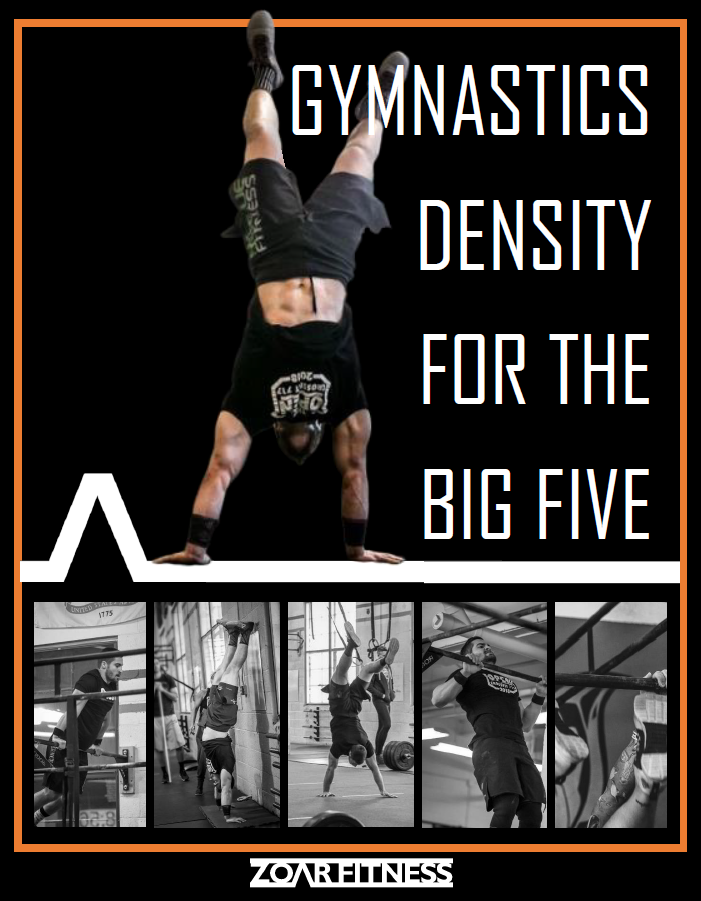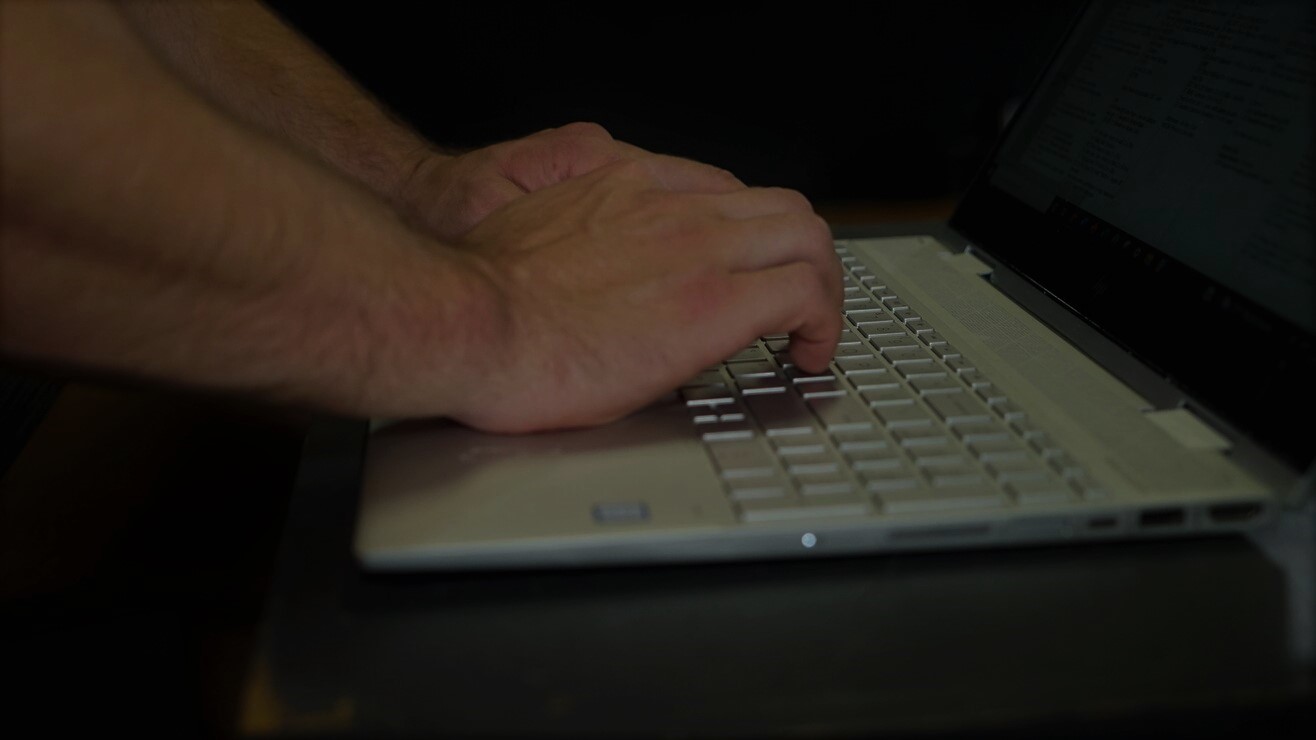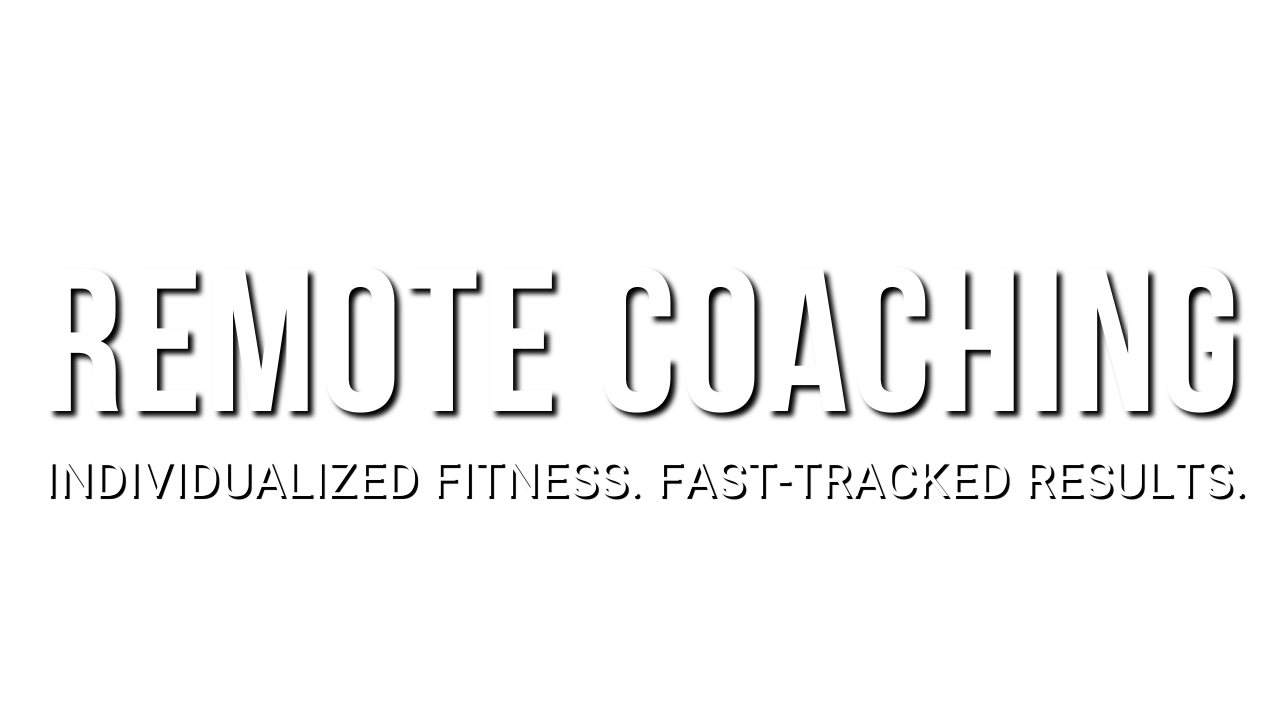Defining Big & Tall
What is considered Big & Tall?
For our purposes we are calling an athlete “Big & Tall” if they are above the bell curve relative to the field of CrossFit Competitors.
Let’s use Games athletes, the pinnacle of the sport. The average Games athlete between 2018 and 2020 was 5’10” and 195lbs for males and 5’5” and 145lbs for females.
That being said, “Big & Tall” for the CrossFit athlete is smaller than for the average American sport.
Males: 6’0” 210lbs
Females: 5’8” 160lbs
Being larger than these numbers has significant implications for the Sport of Fitness. Not only does it pose unique issues (like when you go to a competition and you can grab the highest pull-up bar with your feet still on the ground), but it also should dramatically change how you train for the sport.
If you are a Big & Tall athlete who is doing a blog style workout program that is created for “the average” competitor then you are leaving mounds of performance on the table.
Your training needs to be tailored to your individual needs.
Related: What is the Ideal Body Type for the Sport of Fitness?
Form Follows Function | Body Weight
Step one for a Big & Tall CrossFit competitor is finding the optimal structure.
That is…your ideal body size. Your body needs to match as closely as possible the task you are asking of it. The philosophy “Form follows Function” applies.
Your body must be variable and adjustable to the task that you are asking it to do.
Mal El Hag
Related: The Role of Hypertrophy on CrossFit Performance
Next time you go into the gym do a workout wearing a weight vest. Think about how you feel while wearing that vest…how are double unders or pull-ups? How is running…even breathing? Now imagine if you were wearing a weight vest all the time. If you are carrying 15 or 20 pounds of fat this is essentially what you are doing.
For a CrossFit athlete, the first step for a male over 10 percent body fat or a female over 17 percent body fat should be losing fat mass.
Getting to an “optimal” body weight will be helpful two fold. First, any movement where you are supporting and moving your body will become dramatically easier. Second, you will increase your longevity in the sport by producing less wear and tear on your joints from repeat abuse.
Your knees, hips and shoulders will thank you.
An important thing to pay attention to when manipulating your weight is how far out you are from competition. If you have an upcoming competition (within 2-3 months) you will want to make only minor adjustments to your weight. The further out from competition you are the bigger adjustment can be made.
If you need to make big adjustments (20-50lbs) then you will probably want to take some time off from competing to focus on getting within your ideal weight range.
The next step is critically important and I know very few people who actually do it. Once you are at your optimal weight, you must accept your frame and proportions and move on to what you can control.
Remember, you chose this sport.
Don’t make excuses for yourself because of your height or limb length, it will only stunt your performance. The beauty of the Sport of Fitness is that no one comes into it being good at everything…even Fraser & Froning had their weaknesses…they sucked at running. But they worked at it consistently over a period of several years until it was no longer a weakness. That is the mindset you must adopt if you want to be great.
Finally, understand that is possible to be Big & Tall and compete at a high level. Brent Fikowski, former runner up at the Games, is 6’2” and 215 pounds. That’s not a massive individual, but he is performing at the top of an elite leaderboard in the sport, which means you can get much closer to that stage then you already are.
Now, let’s talk about training.
*rubs hands together*

Gymnastics
The Sport of Fitness has three movement categories: Gymnastics, Weightlifting & Monostructural. Gymnastics refers to any bodyweight movement: Handstand Push-ups, Pull-ups, Muscle-Ups, Pistols…even an air squat is considered a gymnastics movement. Now add a dumbbell or barbell into the mix and it’s weightlifting.
As a Big & Tall Competitor, much of your training time and energy will be dedicated to developing gymnastics skill and capacity. Even with lots of practice, your training will always be skewed -or biased- in this way.
In the case of Big & Tall CrossFit Competitors, they need a gymnastics bias.
Even with lots of dedicated time a Big & Tall Competitor will struggle to keep pace on gymnastics movements with smaller athletes. Don’t get too upset though because the little guys and gals spend will most of their time getting stronger (Strength Bias) and you will still lift more than them & certainly will crush their souls in a Row – Power Clean – Box Jump triplet.
Having a gymnastics bias doesn’t mean you are just throwing gymnastics movements into a MetCon and calling it a day. Yes, you will be doing gymnastics MetCons and intervals, but it also means you are following progressions and building out a plan in advance.
Here is an example of what this might look like…
Handstand Push-up Skill Work
EMOM 12
1) 2 Wall Walks + 15s Wall-Facing Handstand Hold
2) 10 Weight Shifts + 10 Shoulder Taps
3) 3 Strict Handstand Push-ups + 5 Kipping Handstand Push-ups
Over time this will change to involve more of the sport-specific movement (HSPUs) and ultimately it will be coupled with other movements, and eventually placed into fatigued settings.
You need to do lots of basic positional work to build the muscular structures, facilitate joint resilience, and encourage efficient high-support positions.
Then closer to competition you can handle higher volume gymnastics without breaking down. You will be able to find positions of high stability with minimal effort. You will have both positional strength and durability of structures…two essential qualities for long term health and performance in the Sport of Fitness.
A Model for Developing Skills
“How should my year be scheduled?”
I was recently asked this by one of my Big & Tall CrossFit Competitors.
The bottom line is you almost always need to be working on weaknesses. If you fall into our definition of a Big & Tall athlete then you need to dedicate very little time to your strengths (just enough to maintain) and a lot of time to your weaknesses.
In the case of my above athlete I gave the following guidance…
“During the off-season, we will work on a 90/10 split. That is, 90% of time and energy is dedicated to weak points (push-pull gymnastics, longer cyclical efforts and other body weight skills like double unders) and 10% of the time dedicated to strengths (heavy hinges, sprint-style rowing / assault bike & height-standardized movements like box jumps and wall balls).”
“During the your competitive season, we will work on a 60/40 split. That way you can hit skills at a higher frequency so you can brush off the cobwebs and get efficient at them again. We will prepare you as much as possible for the requirements of the sport, which means the program will be more balanced during this time of year.”
It’s important to realize that even during the competitive season a Big & Tall CrossFit Competitor should not be doing a completely balanced (50/50) program.
Even if you almost never work on wall balls and rowing you will still be above average when a wall ball and rowing workout comes out in competition. In other words, these movements it will never be your limiter in this sport. Just like smaller athletes don’t need to devote focused training time to burpees and air squats, a Big & Tall athlete doesn’t need to devote much training time to their inherent strengths. Therefore…
If you are a Big & Tall CrossFit Competitor doing a balanced program created for an averaged size athlete it is a mistake.”
Weight-Bearing Cyclical Movements
For the Big & Tall athlete not all cyclical movements are created equal. There are movements where you must move a flywheel (an erg) and there are movements where you must move yourself.
Erg-based movements will be a strong point for a Big & Tall athlete. Heavier athletes with more muscle mass tear through Assault Bike and rowing calories much faster than smaller athletes. Mass moves mass.
Unfortunately, when you are forced to carry the engine (aka. your body) things become much more difficult. Big & Tall athletes often find running and double unders particularly challenging because the elastic qualities of their tissues are less responsive when highly loaded.
The ability to repeatedly rebound can be difficult to do efficiency and effectively, especially if you are above average weight. A thin, tall athlete may not face these same difficulties.
Midline Integrity
News Flash: Taller athletes also have a longer torso than their competition. Groundbreaking, I know.
However, it does have some implications for how you should train. The longer an object is (in this case your midline) the more integrity it must have in order to withstand loading. Think about how much easier it is to break an 8” pencil than a 4” one. How do we solve this issue? With focused work.
I call it Midline Focused Accessory (MFA). My athletes by doing midline work isometrically with low fatigue and over time add layers of dynamic contractions with high diaphragmatic fatigue.
It can get complex but it sure doesn’t have to be.
Gymnastics Biased Programming
As a Big & Tall athlete, you need gymnastics bias programming. In other words, it will spend lots of time focused on developing capacity in gymnastics (bodyweight) movements like Pull-ups, Muscle-Ups, Handstand Push-ups, Handstand Walking, Pistols, Double Unders and Running.
Listen: Developing Chest-to-Bar Pull-Ups
Skill progressions should be incorporated several times per week, especially in the off-season. These progressions must hammer positional strength and motor learning.
Midline integrity work can be programmed into Strength, MetCons and Midline Focused Accessory (MFA), which is how I program for my Big & Tall athletes.
Lastly, maintain lifting numbers through touches of strength work.
Gymnastics Density for the Big Five (12-Week Program)
Are your gymnastics movements holding you back from reaching your potential?

Statistics show five movements are far and away the most likely to show up in local competitions and online qualifiers like the Open. That’s why this program focuses on improving “The Big Five.”
1) Muscle-Ups (Bar & Ring)
2) Handstand Push-Ups
3) Handstand Walks
4) Toes-to-Bar
5) Chest-to-Bar
If your capacity in these movements is holding you back from taking your fitness to the next level, this program is for you!


